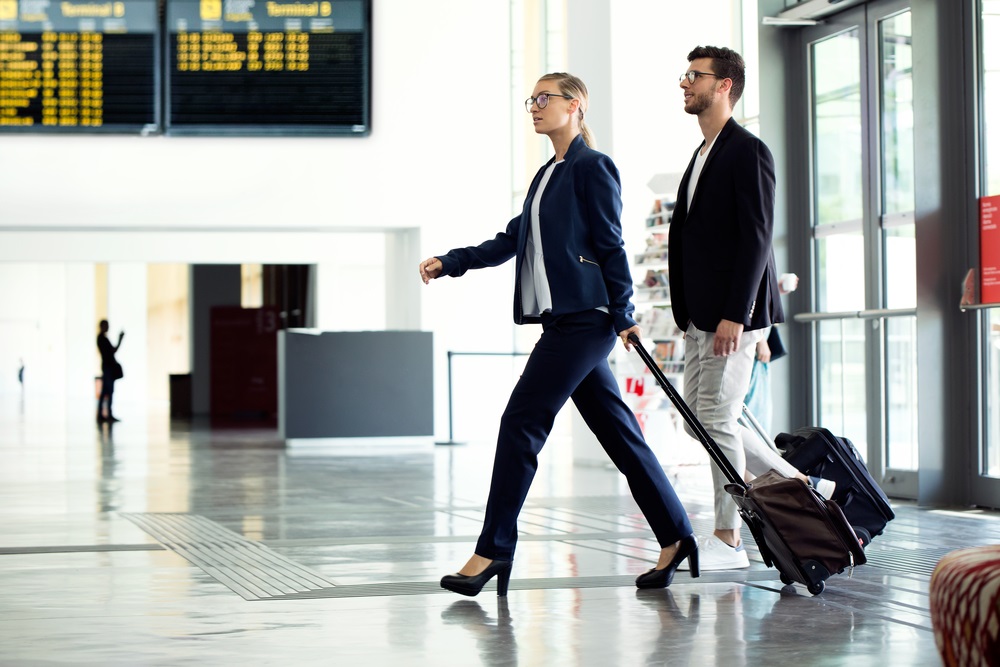Airports: Getting you from A to B or an experiential environment?

Airports were created for the purpose of travel, generating profits through passenger flight costs. However, no longer are they simply a travelling function: non-aeronautical streams are increasing at pace and often account for a higher percentage of an airport’s revenue than travel itself. These include areas such as retail, F&B and car parking, which alongside maximising asset value, are truly transforming the passenger experience.
Why has this happened?
Increased passengers
Passenger numbers are rising on a global scale, heightening pressures on airport operations, but also offering a massive opportunity to increase an airport’s asset value.
Increased footfall has resulted in:
- More customers for concessionaires and airlines
- Drastically increased leasing interest
- Further opportunity to increase flight routes
- Increasing revenue – improving overall business performance
- Driving future development
New Technologies Reducing Queues
Airports are working tirelessly to deliver new processes to reduce queues and lengthen the time consumers have available to enjoy the commercial offering. Examples include self-check-in, home luggage collection and hotel delivery, robotic car parking, beacons, wayfinding and retail click and collect to name a few.
Passenger spend increases every minute a customer is in a retail or F&B area and not stuck in a queue, so it is not surprising we are seeing new technologies being implemented constantly!
Consumer Demand
Customers’ demand for greater choice at the airport is increasing massively, they are expecting a diverse range of retailers, a strong range of F&B brands and a limited wait-time going through procedures such as check-in, security and boarding. These expectations – if met by the airport- provide retailers with a constant stream of consumers that are ready and willing to spend.
Food & Beverage is a rising star for non-aeronautical revenue being the fastest growing income category with plenty of opportunity. New concepts are being introduced such as innovatively designed bars, Deliveroo services to allow passengers to order in advance and events/pop-ups.
These shiny new features are a great addition, but simply ensuring the facilities are well maintained, clean and safe, are some of the most sure-fire ways of keeping the customer happy. It is vital that as airports advance and diversify their offering; operations, facilities management and security are all developing at the same rate.
What does this mean for the future?
Airports transforming into experiential environments is of equal benefit to the customer, airlines and airports. Passengers’ expectations have risen, but so too has the quality of service on offer and the opportunity to increase commercial revenue: shorter queues result in more time for passengers to enjoy the airports offering, resulting in higher sales.
If developments continue at the current rate, airports could become tourist destinations in their own right. And if passenger numbers keep increasing as is predicted, the rewards for airports, retailers and airlines are going to be significant!